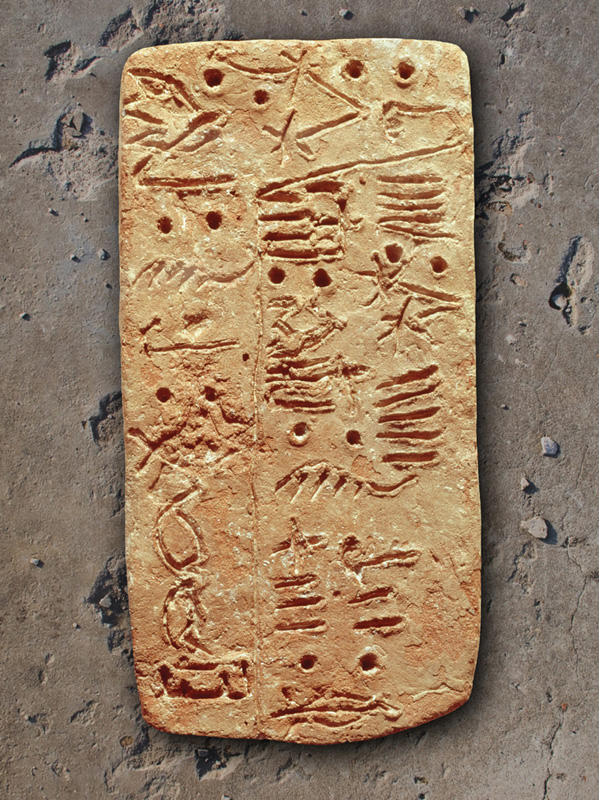
WHAT IT IS An undeciphered language of the ancients
WHY YOU WON’T DO IT Unfortunately, there’s no ‘Rosetta Stone’ to give you a kick-start
If you’re the kind of person who thinks you have a gift for languages because you can read a menu in French and book a hotel in Spanish, then perhaps you’d like to flex those linguistic muscles in a new direction? How about trying to make sense of Linear A – a rediscovered ancient language that has stumped armies of academics for more than a century.
Linear A was a language used on the Mediterranean island of Crete between the 18th and 15th centuries BC, during the heyday of the spectacular ancient Minoan civilization. It seems to have been the forerunner of another language with links to ancient Greek – the imaginatively named Linear B – and may have been used primarily for government and religious records.
Both languages were rediscovered by the famed British archaeologist Arthur Evans in the early 1900s, on artefacts uncovered during his excavations at the Cretan palace of Knossos. Both scripts incorporate ‘ideographic’ signs (symbols representing entire objects or ideas, similar to Egyptian hieroglyphs) but are also the first known European languages using symbols to denote syllables.
Linear B inscriptions on material such as ceramics and stone tablets were significantly more plentiful than Linear A writings, giving academics an obvious advantage in translating the former language, but it still took until the 1950s for a young English architect and language prodigy called Michael Ventris to decipher Linear B. The key to his discovery was the realization that it shared some common ground with ancient Greek (a trait not shared by Linear A). Lacking a convenient ‘Rosetta Stone’-style inscription to show him the same text in multiple languages, Ventris managed to unlock Linear B without having any idea what any of the scripts said – a unique achievement.
Alas, Ventris died tragically young in a car accident just three years after conquering Linear B and before he could master Linear A. And although the two languages share some symbols, no one has yet worked out for sure which other languages Linear A may be related to. Some suggest a link to the ancient Luwian language, others to archaic Phoenician languages or perhaps to the language of the Etruscans. However, these links represent nothing more than avenues for investigation and the goal of unlocking Linear A seems as far off as ever.